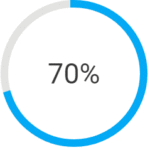Are you looking for a local native plant nursery or a source for seeds so that you can grow plants yourself? Follow our guide for locating the nearest and most convenient and knowledgeable plant sellers who specialize in high-quality native plants and seeds that are the right fit for your garden.
Key Takeaways
- Native plant nurseries and growers exist in great variety, from experts who share plants and plant knowledge from their driveways, to non-profits who grow native species for purchase, to some wholesalers who sell plants directly to consumers. In all cases they can sell either live plants, or seed, or both.
- Across the US, you’ll find a myriad of nurseries and growers who either specialize in or include selections of native plant species. Native plant specialist nurseries offer plants that are perfectly adapted to the local ecoregion. For instance, nurseries in the western US often specialize in drought-resistant species. Those in lakes and swampy regions or along the coasts also tend to offer more wetland plants. The more knowledgeable nurseries also help you avoid the mistake of purchasing invasive plants or plants unsuited to your landscape.
- Selecting the right native plants for your garden requires consideration of climate adaptation, soil compatibility, water requirements, and sunlight requirements to ensure a healthy and vibrant garden ecosystem.
“I Want to Find a Native Plant Nursery Near Me”
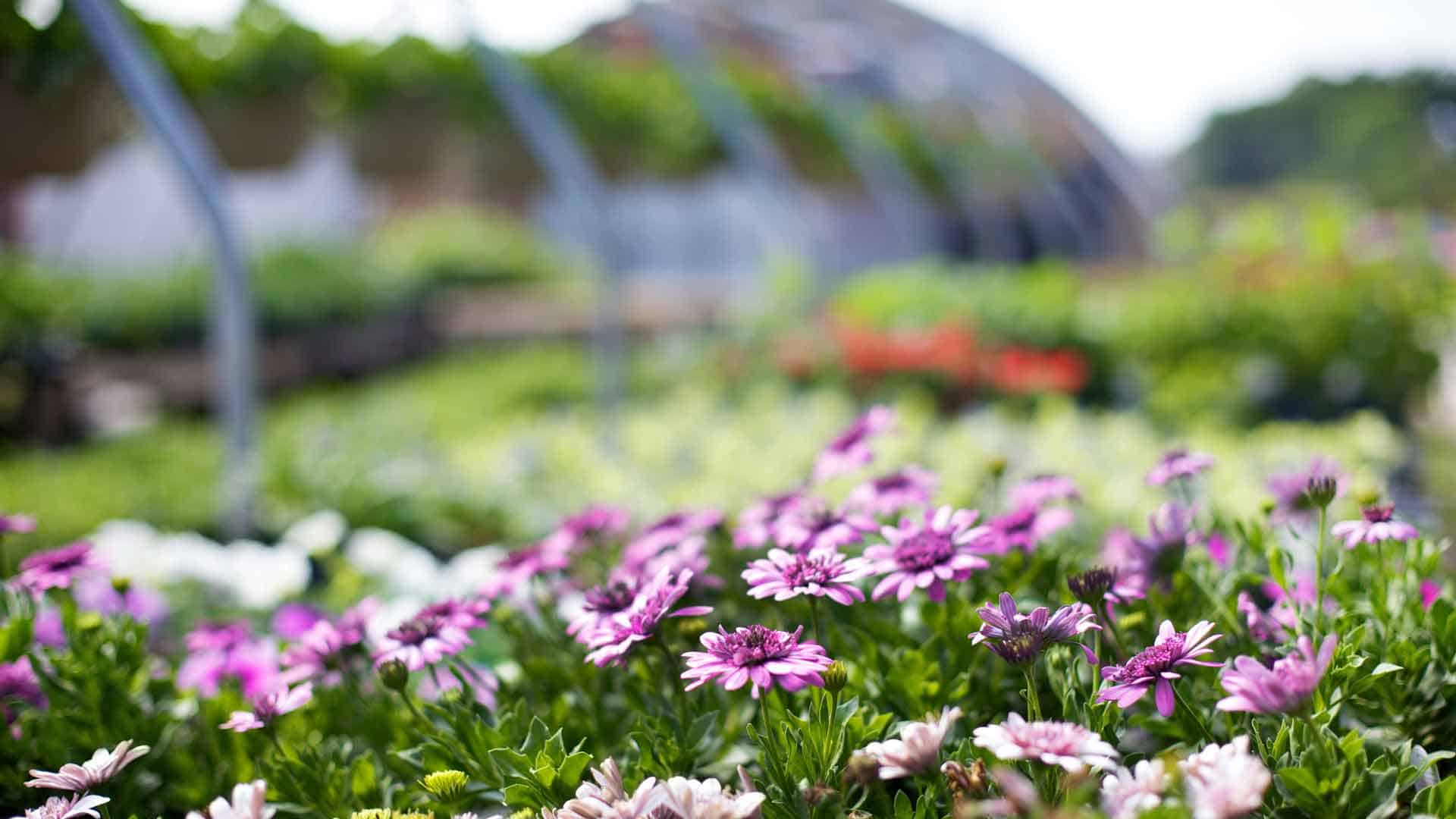
Discovering the many benefits of native plants, like their contributions to local biodiversity and longer-term reduced maintenance, begins with finding a reputable nursery that supplies them. Fortunately, resources like botanical gardens and online directories make the search for the ideal nursery easier despite the sometimes limited number of native plant species that are always available.
It’s important to remember that the inventory of most nurseries doesn’t include a large selection of locally native plants, and that even the sellers who carry native plants often sell out of desirable species. This is changing as awareness and demand increase, but searching for and securing the plants you want is one of the givens of native plant gardening.
All nurseries have a unique selling proposition, and this is especially true of native plant nurseries and seed sellers. Some sell only locally, and some sell via mail order. Some specialize in local ecotypes, and others offer natives as part of a larger plant offering. Some sell flowers and grasses only, and some sell only trees and shrubs.
Online Search Tips for Plants Native to Your Area
It’s an instinct for most of us to turn to Google or Bing to locate what we are looking for these days, including plants. Google Maps is also incredibly helpful when it comes to pinpointing nearby locations. If you’re looking for a specific plant, be sure to use the binomial, or scientific, name where possible, since plants can have a variety of common names depending on location. Keep in mind too that many plant sellers, particularly big box retailers, aren’t always strict about labeling, or might not include the detail you need to be sure a plant is native or not grown with damaging chemicals or insecticides like neonicotinoids.
Local Resources
State native plant organizations like the Colorado Native Plant Society and the Native Plant Society of Massachusetts and local gardening clubs are an excellent place to start if you want to buy native plants, as they can provide a list of nurseries selling them as well as the relevant details on plant sourcing. The North American Native Plant Society has collected links to all of the state/province/region native plant societies in North America in one web page. Botanic gardens, if you are lucky enough to have one in your area, are also often rich sources of plant info. Many universities also often have extensive resources that will assist in locating retail sales outlets for native vegetation, and some of them, like Colorado State University, have extensions which offer native plants for sale. You may even get lucky and find a wholesale nursery specializing in native plants who is willing to sell directly to consumers.
Regional Highlights: Top Native Plant Nurseries Across the US
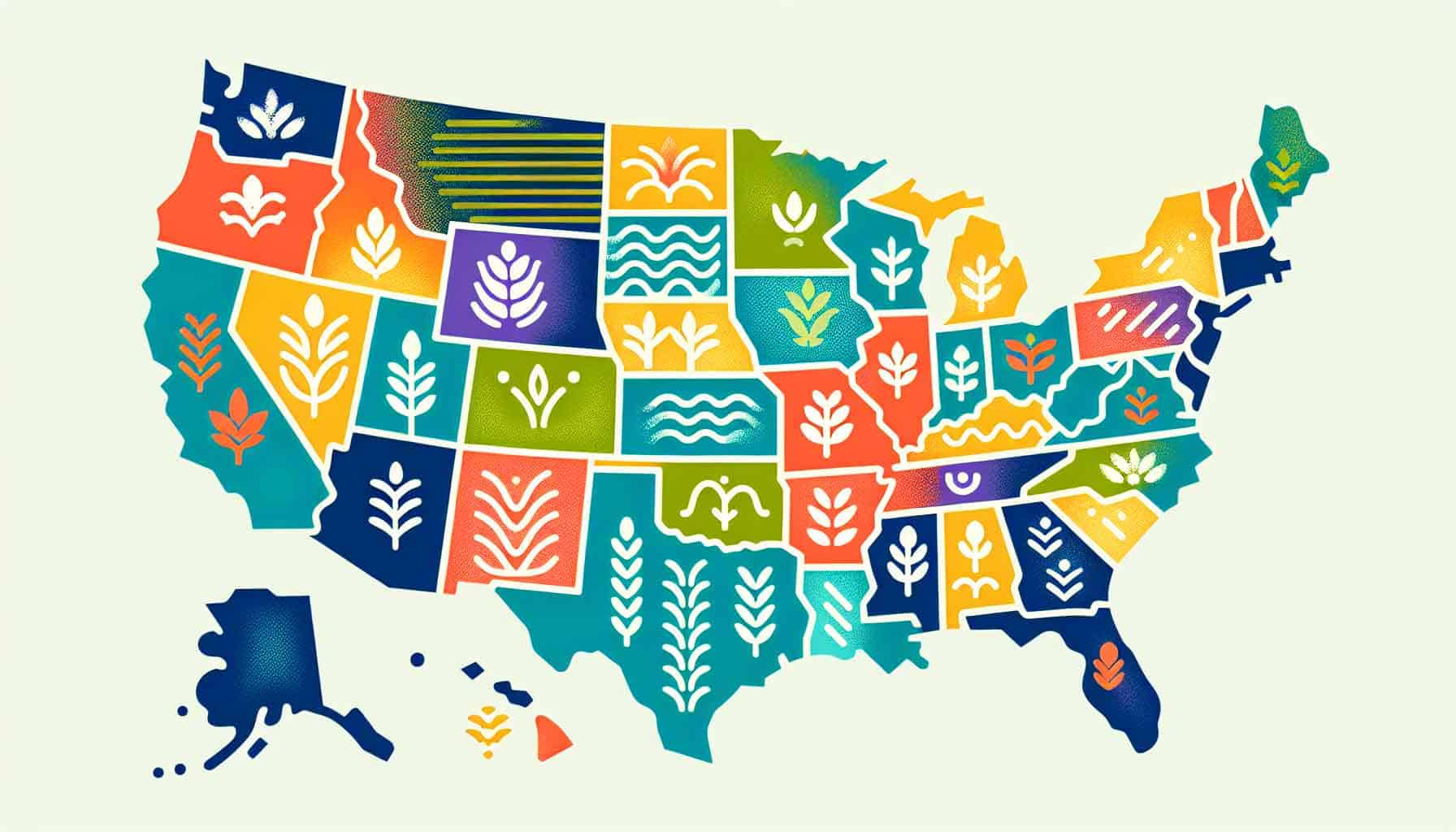
One of the easiest ways to find native plants in your area is to use the resources provided by the Lady Bird Johnson Wildflower Center website. You can enter your city, state or ZIP in their tool and get a large list of native plant nurseries and seed providers in your area. For convenience we list the resources for some specific large metropolitan areas as examples below.
Northeastern US
Green thumbs in the Northeastern US have a plethora of native species at their fingertips, thanks to top-notch nurseries such as Blue Moon Farm and Edge of the Woods Native Plant Nursery. These nurseries house plants like trilliums, serviceberry shrubs, and foamflowers that flourish in the region’s characteristic silty-clayey soils. Additionally, these establishments offer a variety of wetland vegetation for those looking to add some diversity to their gardens.
Boston Area | New York City Area
Southern US
Nurseries in the Southern US have acclimated to their environment by handpicking native plants that flourish best in the middle range of a plant’s hardiness. Nurseries like Beech Hollow Farms or Bug Lover’s Native Plants provide a variety of native perennials, shrubs, and vines specifically tailored for these climates, making them a favorite among locals seeking native plant options.
Atlanta Area | Miami Area | Charlotte Area
Midwestern US
Native plant nurseries in the Midwestern US, such as Midwest Natives Nursery and Pleasant Prairie Nursery, have a broad selection of native plants that can accommodate all tastes for gardening. These specialists are well equipped to fulfill the needs of gardeners from these regions looking for specific varieties of native plants.
Columbus Area | Chicago Area | Indianapolis Area | Kansas City Area
Western US
Bay Natives in the San Francisco area and Plants of the Wild in the Seattle area are two well-known nurseries specializing in native species known for thriving under varied climate and soil conditions. These nurseries offer a wide selection suitable for this region.
Denver Area | Los Angeles Area | Phoenix Area | Seattle Area
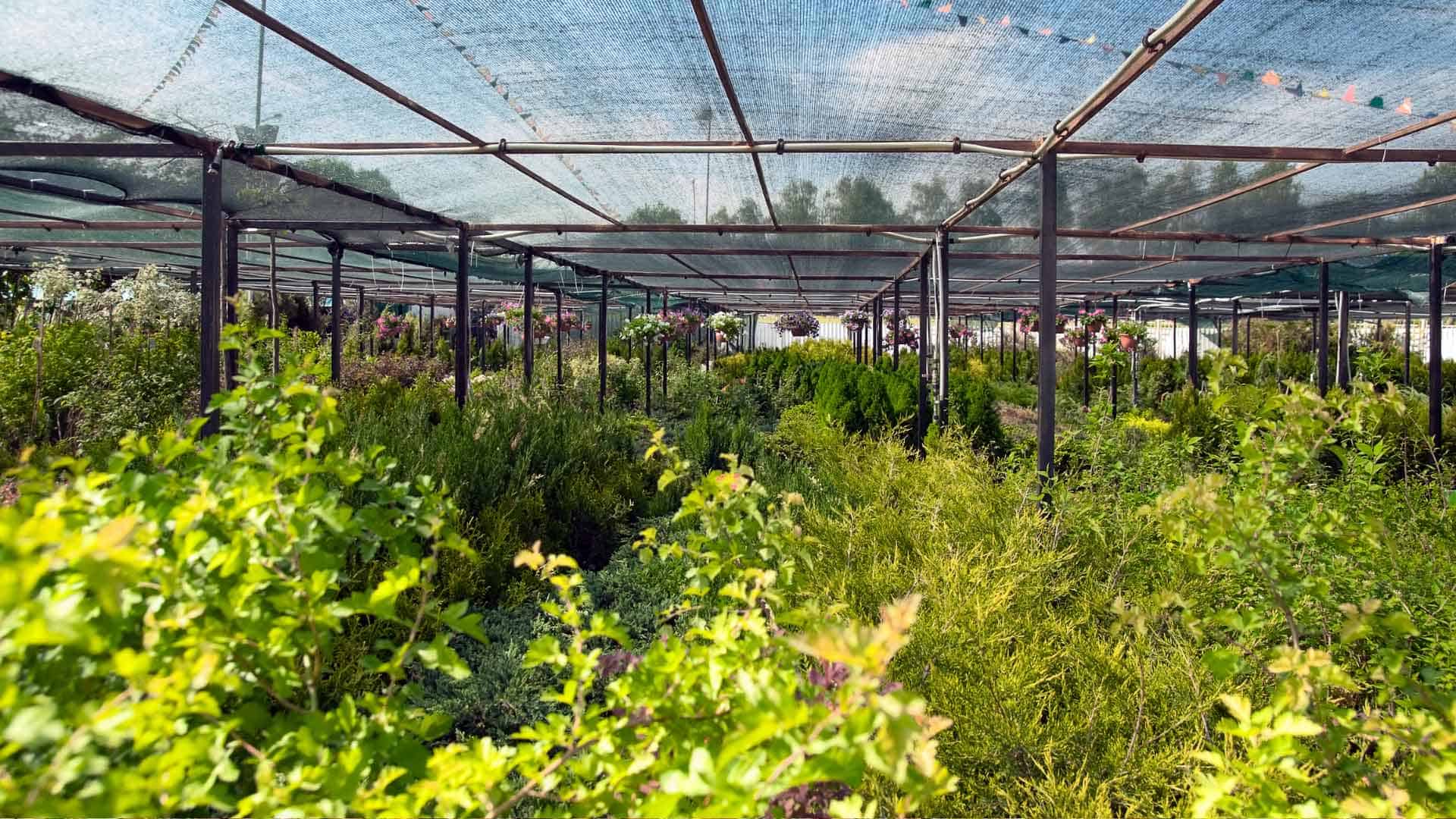
Native Plant Selection: Choosing the Right Plants or Native Trees for Your Garden
When it comes to creating a vibrant, ecosystem-friendly garden, the secret lies in choosing native plants that harmonize with your location’s specific requirements. Crafting an ideal blend of flora for maximum visual appeal and suitability to light, soil type, and climate conditions requires a discerning eye. It’s also important to keep in mind that in a given ecoregion or location, even distances of a few yards can mean that not all locally native species are location-suitable, either because of moisture levels, or light conditions, or even temperature and wind exposure.
Climate Adaptation
The ability of native plants to thrive in specific environments depends on their adaptation to the local climate. This inherent adaptability minimizes the need for additional watering, fertilizers, or protection from harsh weather conditions.
To create a garden that thrives all year round, it’s essential to choose plants that are well-suited to your local climate. Native species by definition will typically thrive in your climate, but to achieve robust gardens filled with local flora that are resilient and beautiful you need to pay attention to how your plants are reacting to ever-changing conditions.
Soil Compatibility
Being aware of the type of soil you have is crucial to creating a thriving garden, as different plants thrive in different soil conditions. Some species prefer sandy soils, while others are more suited to clay-like conditions. Some plants have specific PH requirements, though most locally native plants will do fine in the soil that you find in your yard if it was not trucked in from elsewhere. A pH test is never a bad idea, but also learn about the bacterial and fungal composition of your soil and the specific preferences of the species you are planting.
Sunlight Requirements
The health and growth of native plants in a garden largely depends on the right amount of sunlight. When planning your garden, it’s crucial to understand the specific sunlight needs of different plant species.
Benefits of Incorporating Native Plants into Your Garden
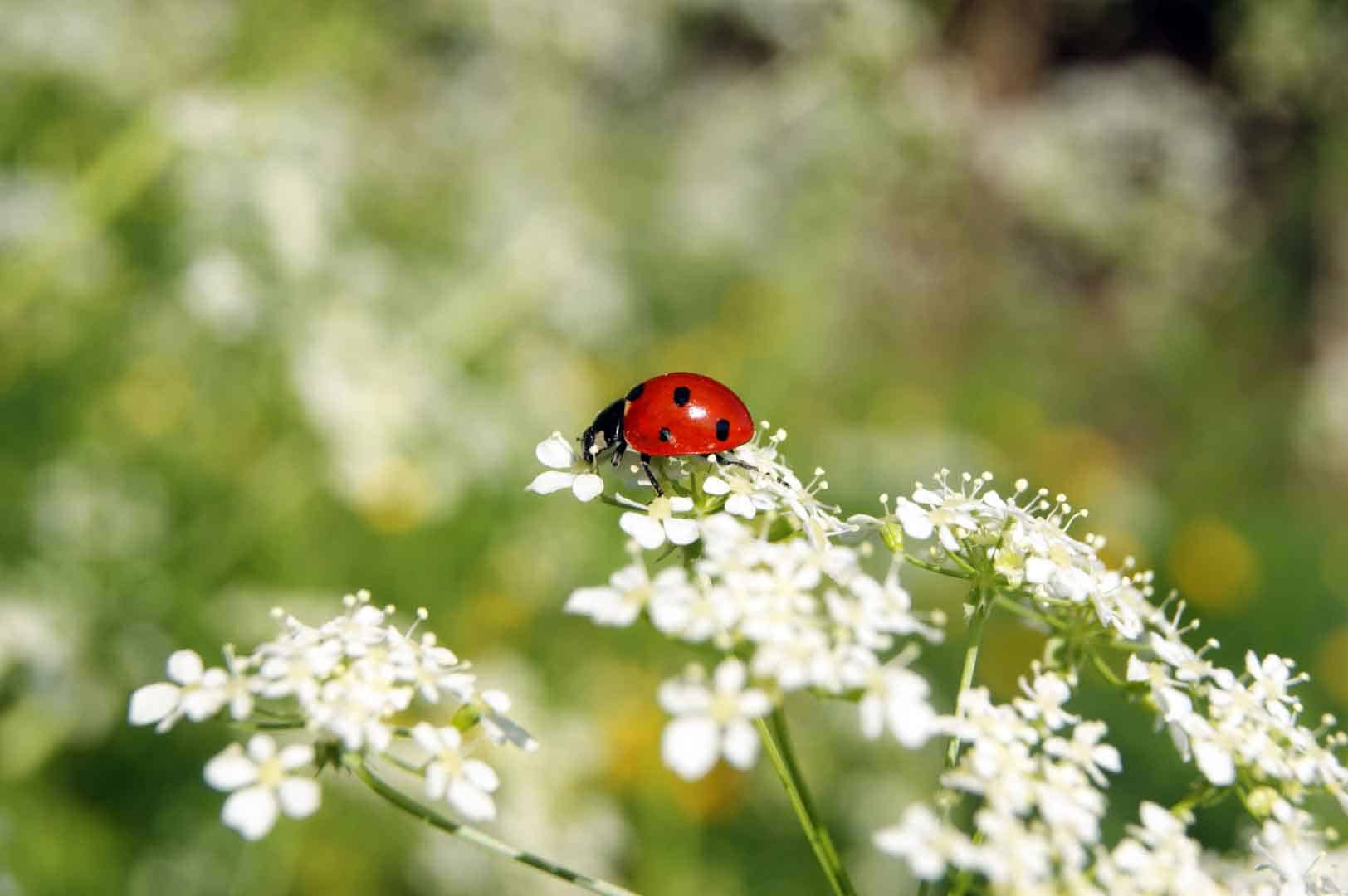
Integrating native plants into your garden can enhance the overall aesthetic of the landscape and contribute significantly to the local ecosystem. These unique species of plants are beneficial in many ways, aiding local wildlife, providing low-maintenance landscaping solutions, and promoting biodiversity. But it’s easy to forget that native plants can also be winners in the ornamental display department. Finding flowering plants that fit your preferred color palette and work well in overall garden design isn’t hard if you reach out to a native plant nursery or landscape designer. And there are plenty of books, with both regional and general scope, that can help you understand landscape design concepts and opportunities.
Supporting Local Wildlife and Enhancing Biodiversity
Adding locally-sourced native plants to your garden will boost the growth of forage and habitat for native animal species, increase soil health, and strengthen local biodiversity. Native trees, wildlife, bees, butterflies, and birds depend on these vital nectar-rich flowers for survival, aiding in the protection against invasive plant species and maintaining natural ecosystems. Beneficial bugs and local insect populations play an essential role in nourishing larger animals due to their intricate food web relationships. Locally native plants are essential for promoting a healthier local ecosystem, especially since their ecotypes are ideally adapted to your region and its existing animal and plant relationships.
Low-Maintenance Landscaping
One of the key benefits of native plants is low maintenance, even though these benefits don’t always appear in year one or two of a new planting. In general they are well-adapted to thrive in local environmental conditions, eliminating the need for extra watering, fertilization, or pest control. This makes gardening a more enjoyable experience for gardeners, while also reducing the amount of work required and the toxicity of the landscape in general.
Online Shopping Options: Buying Native Plants from Online Nurseries
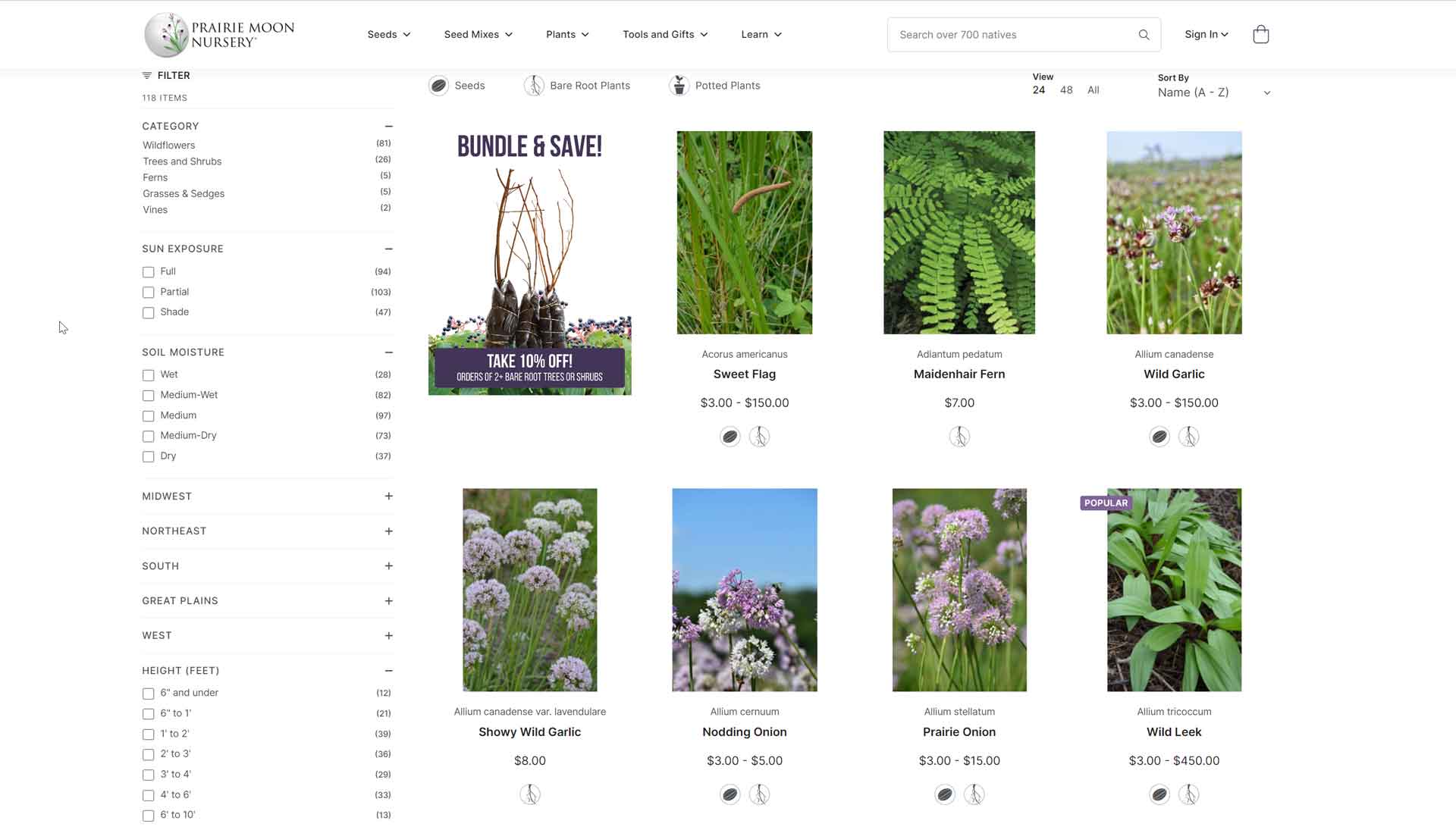
With the advent of online shopping, the convenience of purchasing native plants from the comfort of your home is now a reality. Numerous trustworthy online nurseries offer a wide variety of local species, allowing you to select your preferred plant with more ease than ever. Additionally, more and more sources of native seed are popping up all the time.
Advantages of Online Shopping
Buying native plants online comes with several perks. It offers convenience, a wide range of choices, and even the opportunity to find rare species! Plus, expert advice is often available to guide you in making informed decisions about your native plant purchases, especially if you purchase from a source with expert knowledge in species for your area.
Reputable Online Nurseries
If you’re in search of a reputable nursery for native plants or seed, Nature Hills Nursery, Prairie Nursery and Prairie Moon Nursery are excellent examples of online sources to consider. All three specialize in native plant supply with high standards set for quality assurance throughout transit ensuring the healthiest plants available. Some online nurseries also sell native seeds that are ethically sourced and come with germination guarantees.
As time passes, native plant nurseries are getting more sophisticated in their offerings and the variety of plants they grow, so while the plants they sell vary from year to year due to a variety of factors, the list is almost always increasing.
Summary
Gardening with native flowers, shrubs, and trees can be a wonderfully fulfilling experience. Start by selecting the right nursery and choosing your perfect plant selections, then watch as you create an active yet low-maintenance garden that provides habitat for local wildlife while also boosting biodiversity. Combining planning, plant selection, and purchasing from a reputable source are the easiest ways to have good outcomes.
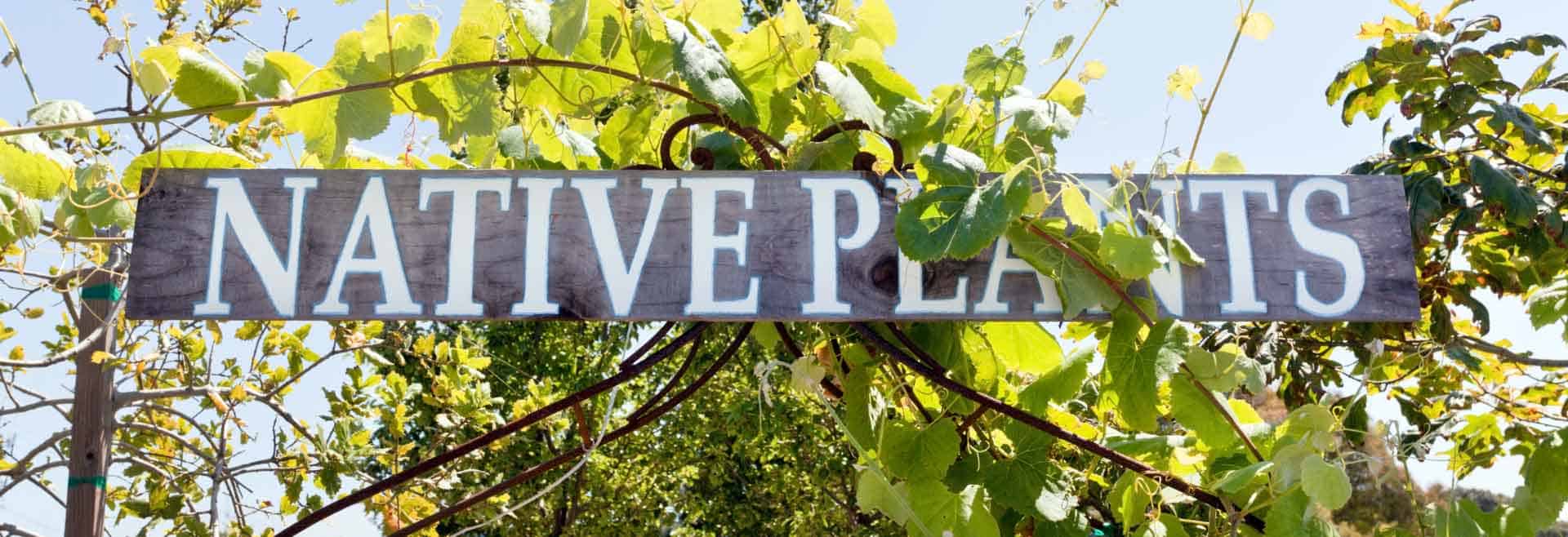
Frequently Asked Questions
What are other ways I can find locally native plants?
If you’re interested in other ways to find native plants for your gardening project, the National Wildlife Federation has a Native Plant Finder tool that will suggest what kind of plant would best suit your local area. It even provides information on which types are more inviting to butterflies and moths as hosts!
You can also choose to have landscaping services design your native plant garden for you, and they will often know which nurseries have which species available, or where to acquire them.
How do you start native plants?
Here’s where learning about the growth habits of each species you include in your garden plan makes big difference. You can start with live plants in containers, bare root plants (live plants with the soil removed), or native seed from retailers or even collected locally from wild populations. Flowers, grasses, shrubs, and trees will all have specific space requirements, water needs, sunlight preferences and other attributes, for example whether it spreads aggressively or not. You can find much more information in our planting guides or by becoming a part of our community and asking us directly. Or you can ask an expert at any of the sources we mention above.
Do natives species grow better?
Native plants have adapted to their environment, giving them an advantage when it comes to thriving in local conditions. They are better suited than other non-native varieties of plants for surviving in the local climate and weather variations. And they often have relationships with beneficial insects that help both plant and insects live longer, healthier lives and be more successful at reproduction.
What is considered a native plant?
Native plants are those shrubs, grasses, herbaceous flowers, trees, vines and non-vascular plants that have been growing in their specific environment for a very long time without human interference. Their adaptation to local weather, light conditions, seasonal variations, and soil allow them to better serve the native wildlife when compared with exotic species of plant life. They are an integral part of the local food web.
What is the best time of year to plant natives?
Planting native plants is optimal in either the fall, particularly during September when cooler temperatures require less watering for root growth, or in the spring, depending on when the species would normally germinate and how fast it will establish. Many species can be planted in either fall or spring, or even in the middle of the season depending on conditions and species. Since there are a variety of factors to consider when deciding when to plant, consult our community and guides, or talk to your local plant nursery expert or extension agent before deciding.
